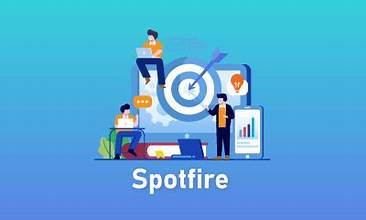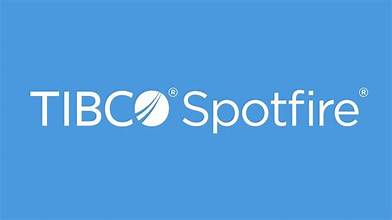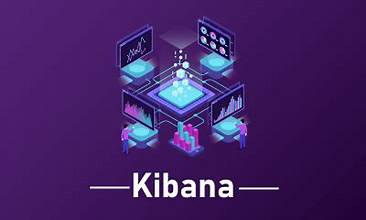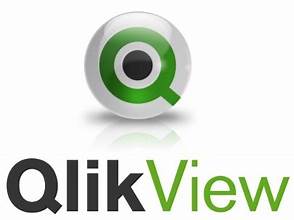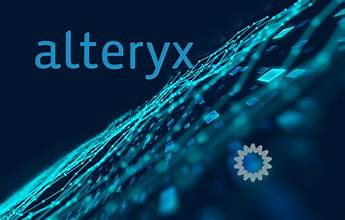Day 1:
Module 1: KNIME Analytics Platform: Overview
- Installation
- Starting and customizing KNIME Analytics Platform
- Nodes, data and workflows
- The data science cycle
Module 2: Data Access
- Read Data from file
- Accessing REST Services
Module 3: ETL and Data Manipulation
- Row & Column filtering
- Aggregators
- Join & Concatenation
- Transformation: Conversion, Replacement, Standardization, and New Feature Generation
- Data Preparation for Time Series Analysis
Day 2:
Module 4: Exporting Data
- Write to a file
- Generating a Report
Module 5: Data Visualization
- Interactive Univariate Visual Exploration
- Interactive Multivariate Visual Exploration
- Advanced Visualization Features
Module 6: Predictive Analytics using KNIME
- Data Mining Basic Concepts
- Regressions
- Decision Tree Family
- Model Evaluation
Day 3:
Module 7: Controlling the flow
- Workflow Parameterization: Flow Variables
- Re-executing Workflow Parts: Loops
- Cleaning up your Workflow
Module 8: Hands on KNIME Analytics Platform based Case Study
Introduction to QlikView
Overview of QlikView Features
Installing and Configuring QlikView
- Setting User Preferences
- Configuring Document Properties
Creating Visualizations in QlikView
- Managing Data Sources
- Creating and Modifying Objects
Managing QlikView Sheets and Files
- Working with Sheets in QlikView
- Exporting QlikView Data to Excel
Creating Summaries and Charts in QlikView
- Sorting and Filtering QlikView Data
- Creating and Modifying Charts
Building and Manipulating Pivot Tables in QlikView
Using Your QlikView Data for Decision Making
Troubleshooting
Summary and Conclusion
Introduction
Google Sheets Overview
- What is Google Sheets?
- Google Sheets features
- Google Sheets vs Excel
Google Sheets Fundamentals
- Creating, sharing, formatting spreadsheets
- Working with pivot tables
- Sorting and filtering data
- Using find and replace
Functions and Formulas
- Creating functions and formulas
- Using lookups
Data Visualization
- Creating charts and graphs
Google Sheets Advanced
- Pulling data
- Creating macros
- Using add-ons
Summary and Conclusion
Introduction
IBM Cognos Analytics
- What is IBM Cognos Analytics?
- IBM Cognos Analytics features
Preparing the Development Environment
- Setting up IBM Cognos Analytics
IBM Cognos Analytics Fundamentals
- Creating dashboards
- Creating, extending, and updating modules
- Visualizing data
- Working with widget connections
- Creating a story
- Sharing dashboards and stories
IBM Cognos Analytics Advanced
- Creating a report from scratch
- Adding data sources
- Working with SQL queries
- Creating and using prompts
Summary and Conclusion
Introduction
Alteryx Overview
- What is Alteryx
- Alteryx features
Preparing the Development Environment
- Installing and configuring Alteryx
- Navigating the interface
Alteryx Quick Start
- Importing data
- Creating and executing a workflow
- Working with documentation tools and cumulative tools
Data Management
- Preparing and cleansing data
Data Wrangling
- Creating custom formulas, algorithms, and calculations
- Performing data transformations
Data visualization
- Integrating a BI platform (Tableau, Power BI, etc.)
- Creating data visualizations
- Automating reporting
Summary and Conclusion

